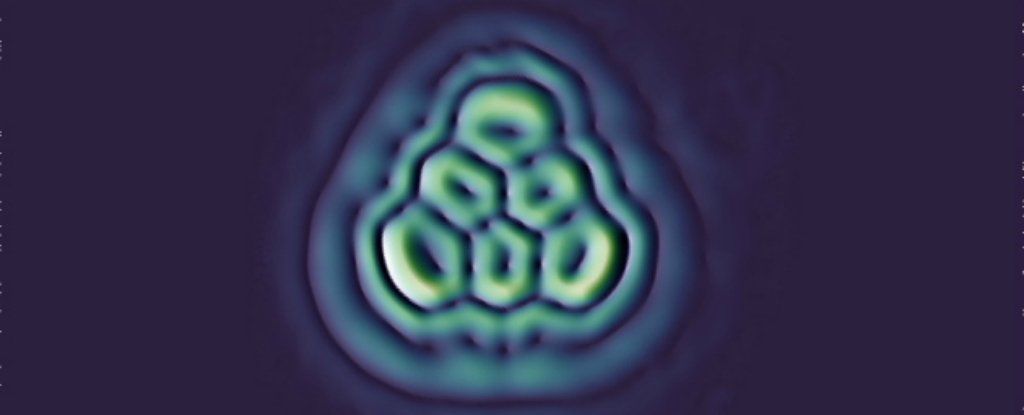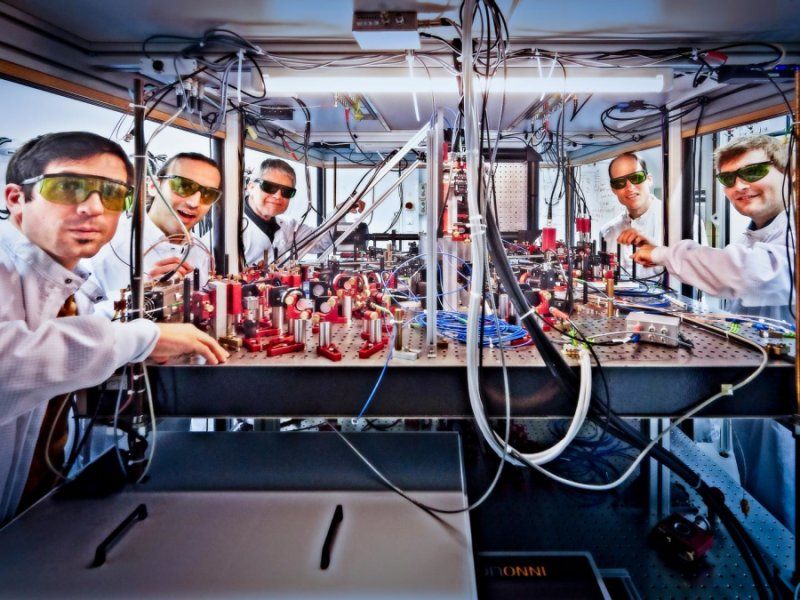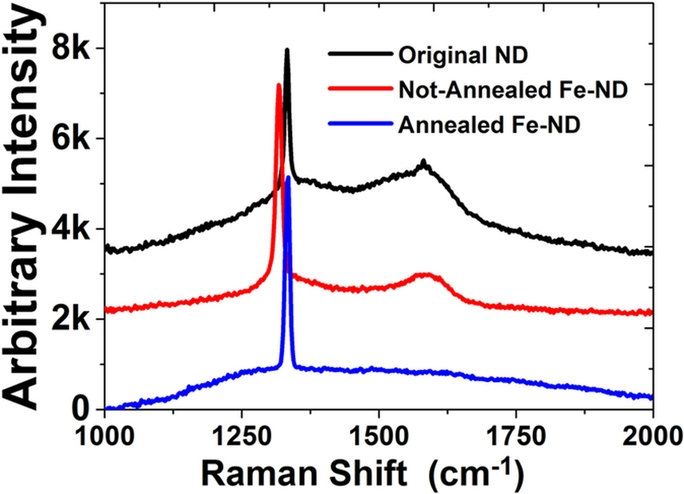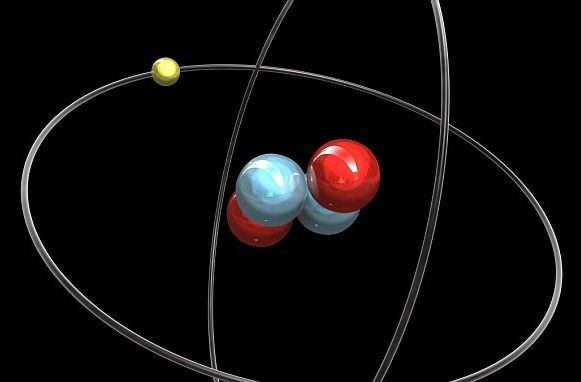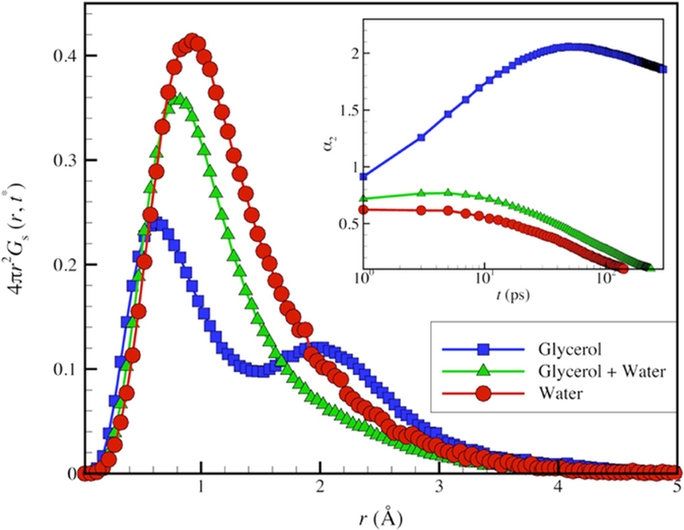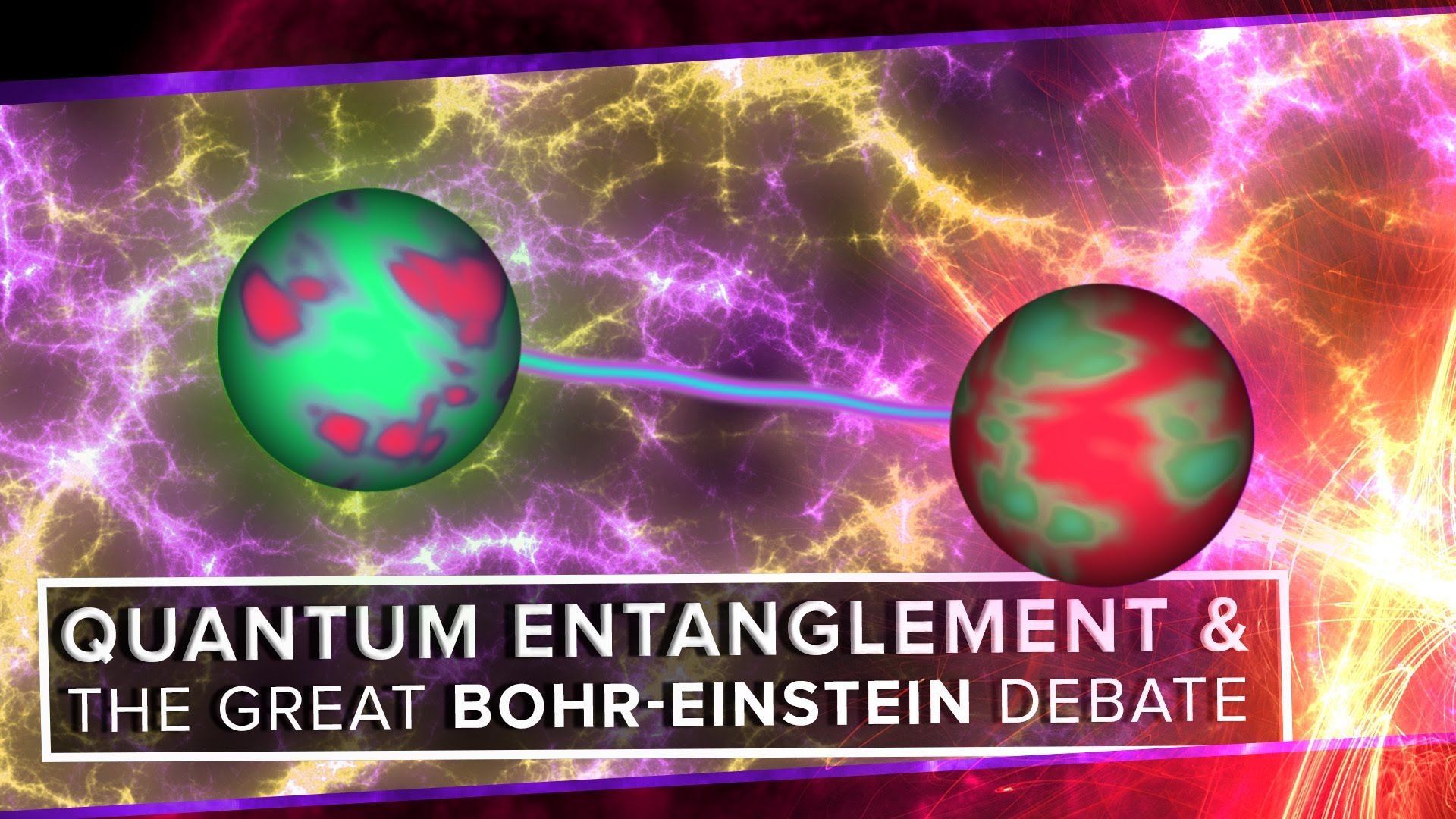Feb 14, 2017
Scientists Have Created a Long-Fabled Triangle-Shaped Molecule in the Lab
Posted by Shane Hinshaw in categories: materials, particle physics
For the first time, researchers have synthesised a strange and unstable triangle-shaped molecule called triangulene, which physicists have been chasing for nearly 70 years.
Triangulene is similar to the ‘wonder material’ graphene in that it’s only one-atom-thick. But instead of sheet of carbon atoms, triangulene is made up of six hexagonal carbon molecules joined along their edges to form a triangle — an unusual arrangement that leaves two unpaired electrons unable form a stable bond. No one has ever been able to synthesise the molecule until now.
The elusive molecule was created by a team of researchers from IBM, using a needle-like microscope tip to manipulate individual atoms into the desired format.
Continue reading “Scientists Have Created a Long-Fabled Triangle-Shaped Molecule in the Lab” »
